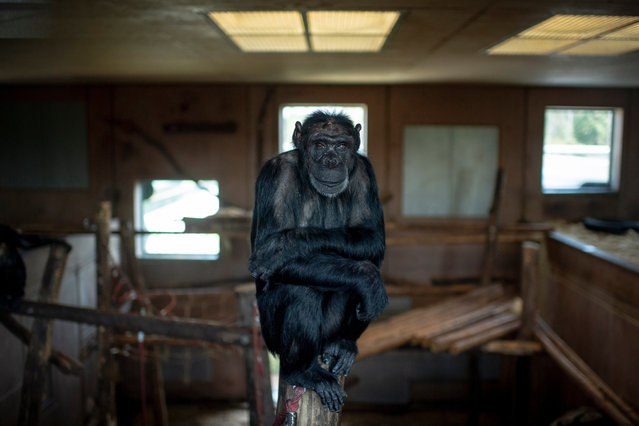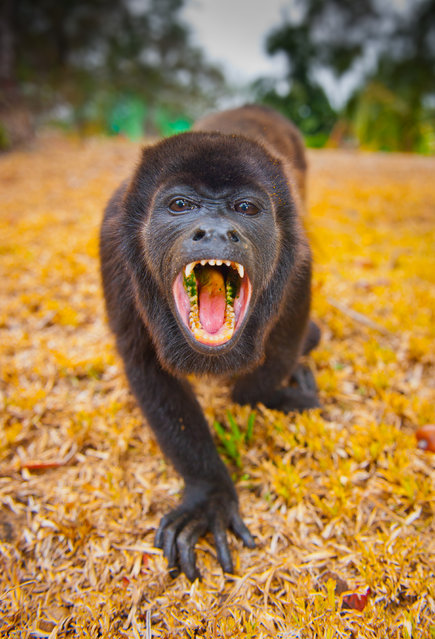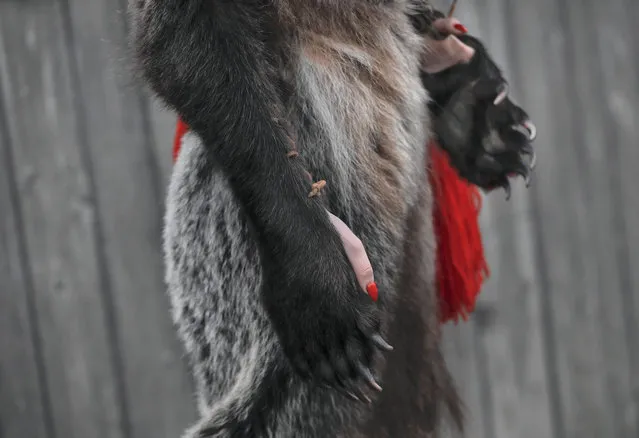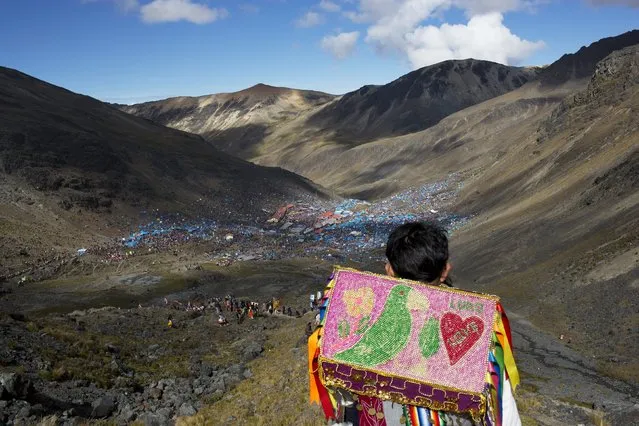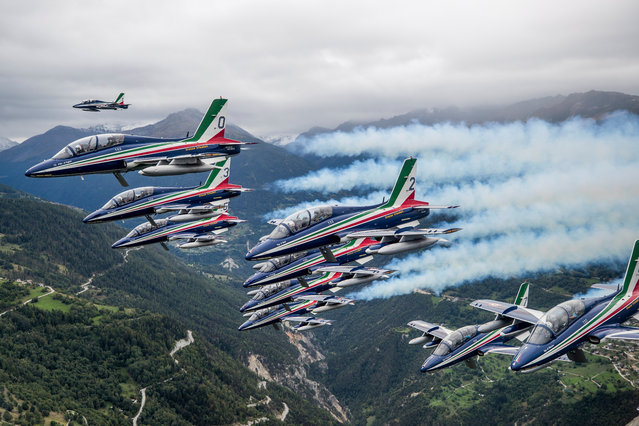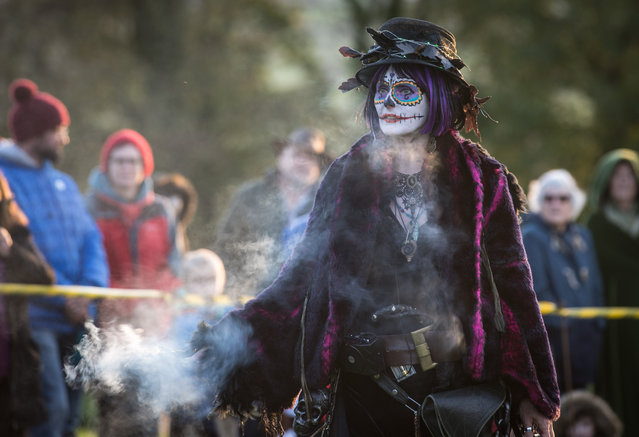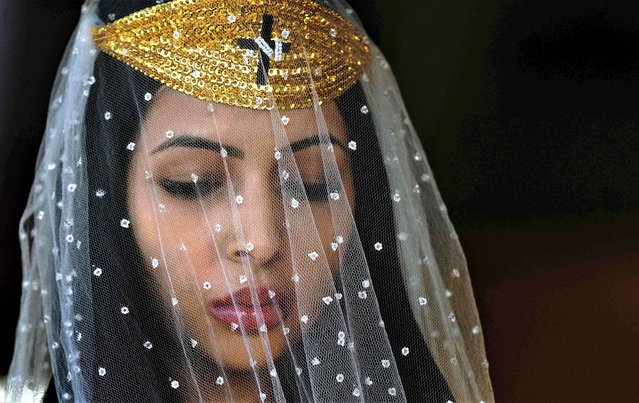
Scores of internally displaced Muslims are at the heart of the humanitarian crisis in Central African Republic, where violence between Christians and Muslims has threatened to spiral into genocide. Photo: An internally displaced woman carries her child in a camp for internally displaced people (IDPs), located at Bangui International Airport, April 10, 2014. (Photo by Goran Tomasevic/Reuters)
18 Apr 2014 08:41:00,post received
0 comments

